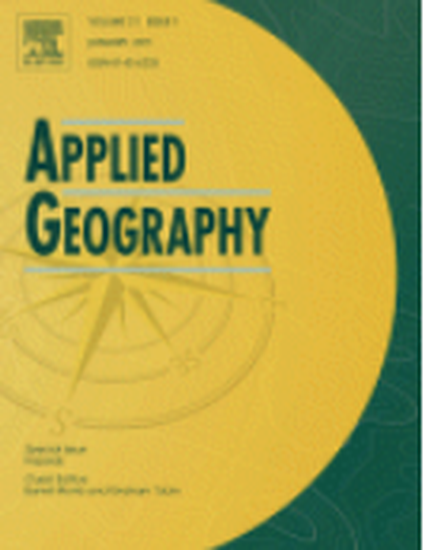
Article
Modeling watershed-scale sequestration of soil organic carbon for carbon credit programs
Applied Geography
(2009)
Abstract
Impending risks associated with climate change have forced the global community to devise tradable pollution permit or “cap and trade” approaches to control the release of greenhouse gases. In the U.S, soils have the potential to offset about 10 percent of annual CO2 emissions; however, if carbon credits are to be included in greenhouse gas control programs, soil organic carbon (SOC) sequestration rates associated with agricultural land uses must be computed at a watershed scale. The Soil Water Assessment Tool (SWAT) water quality model, the Water Erosion Prediction Project (WEPP) erosion model, and the CENTURY 4.0 a soil carbon model were used to simulate carbon sequestration rates for 160 crop-tillage rotations in 272 sub-basins of the Big Creek watershed (∼12,300 hectares). Under annual crops, only no-till in a corn-soybean rotation, on low to moderate slopes results in net gains in SOC.
Disciplines
Publication Date
2009
DOI
https://doi.org/10.1016/j.apgeog.2010.07.001
Citation Information
Christopher L. Lant. "Modeling watershed-scale sequestration of soil organic carbon for carbon credit programs" Applied Geography Vol. 29 Iss. 4 (2009) p. 488 - 500 Available at: http://works.bepress.com/christopher_lant/184/
